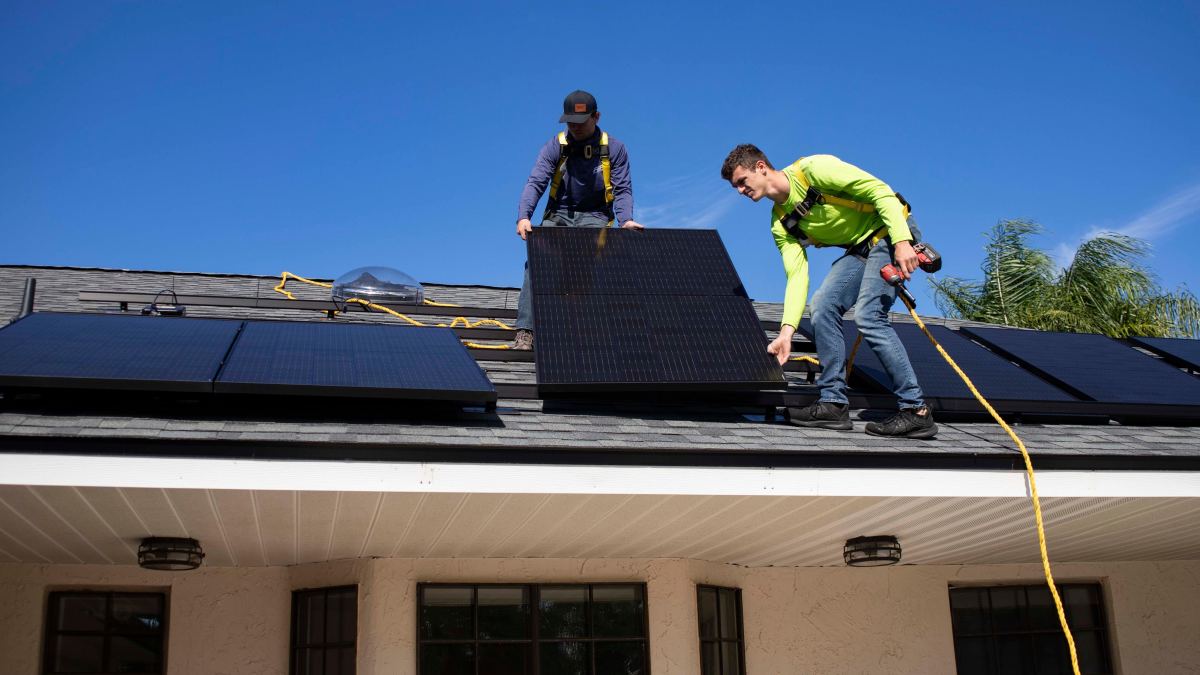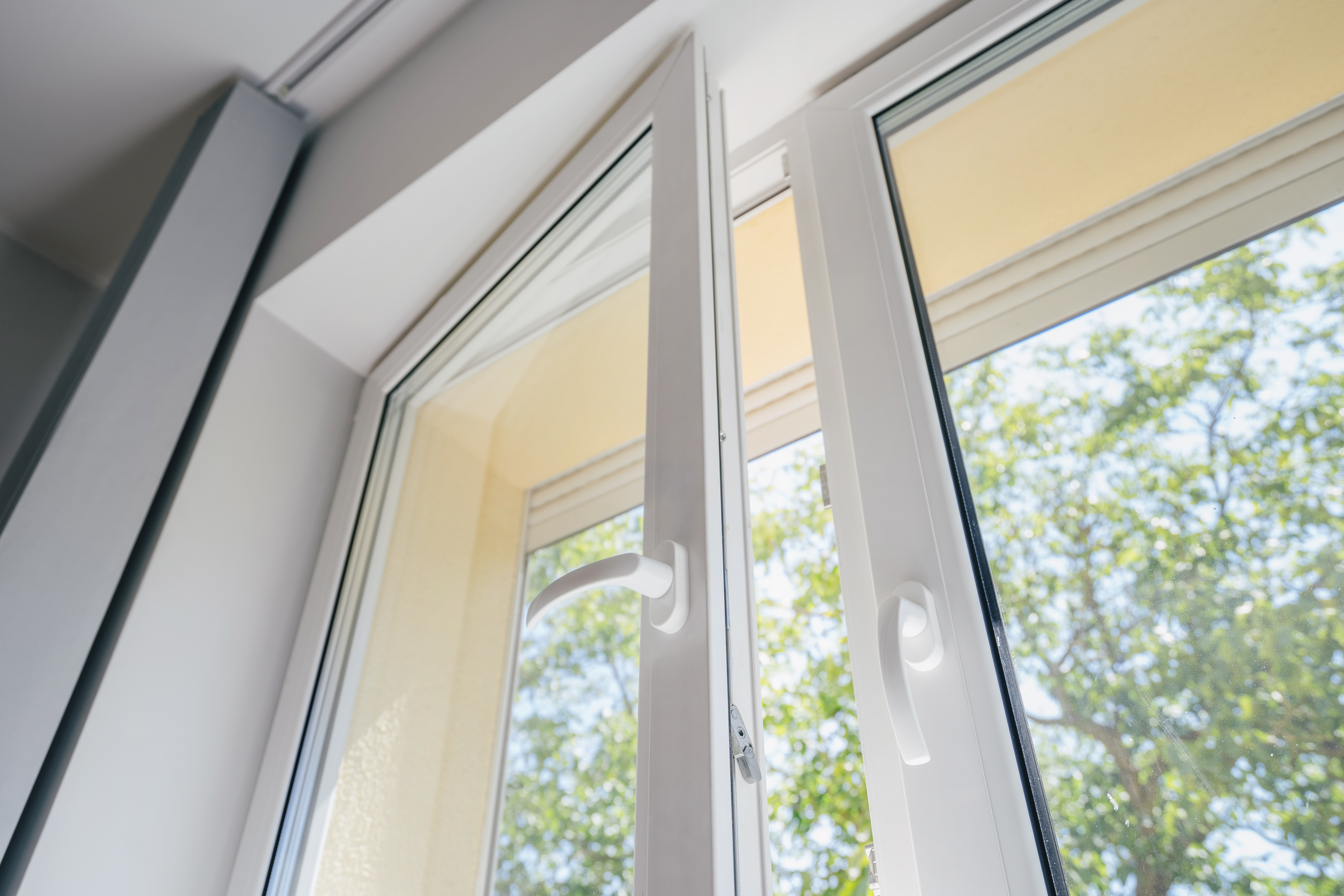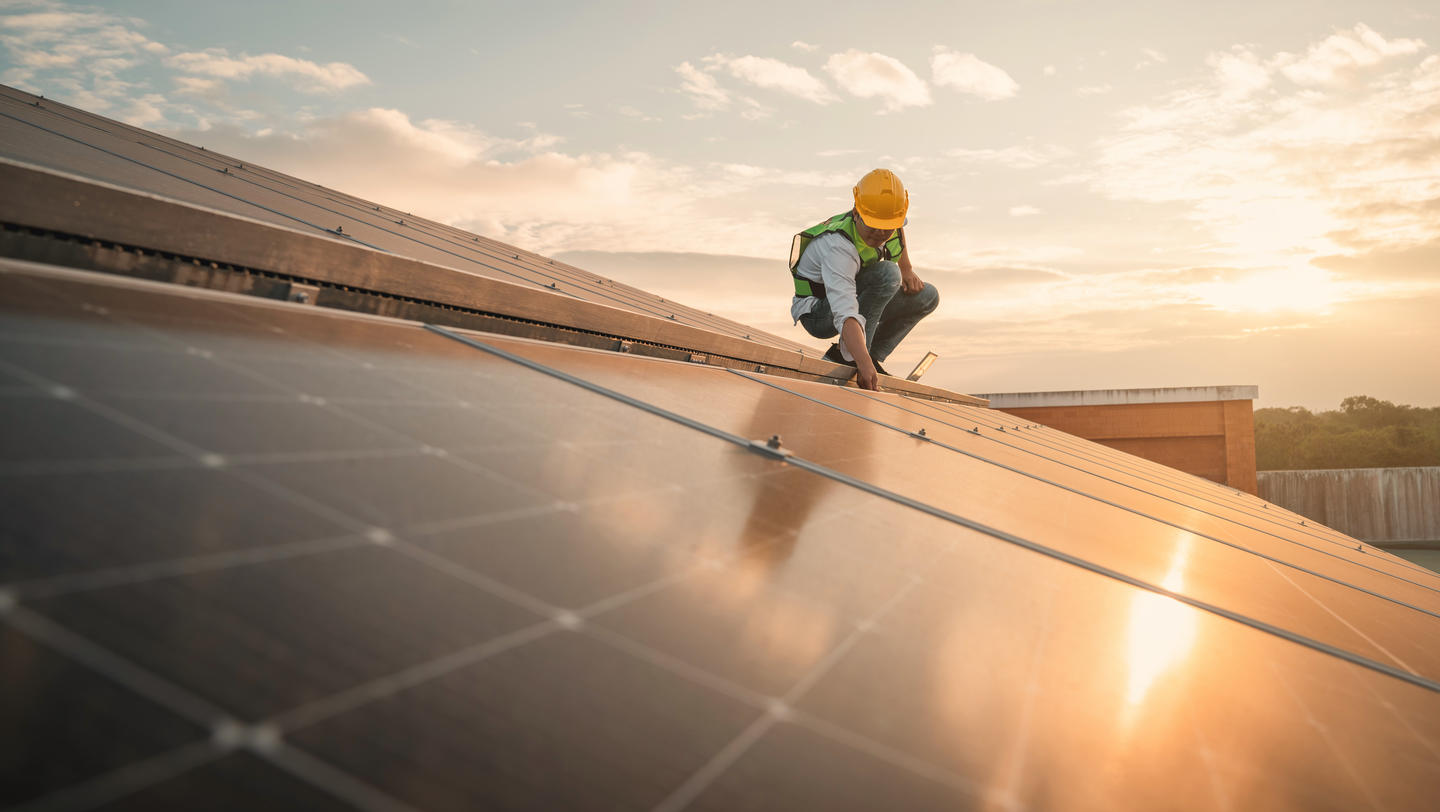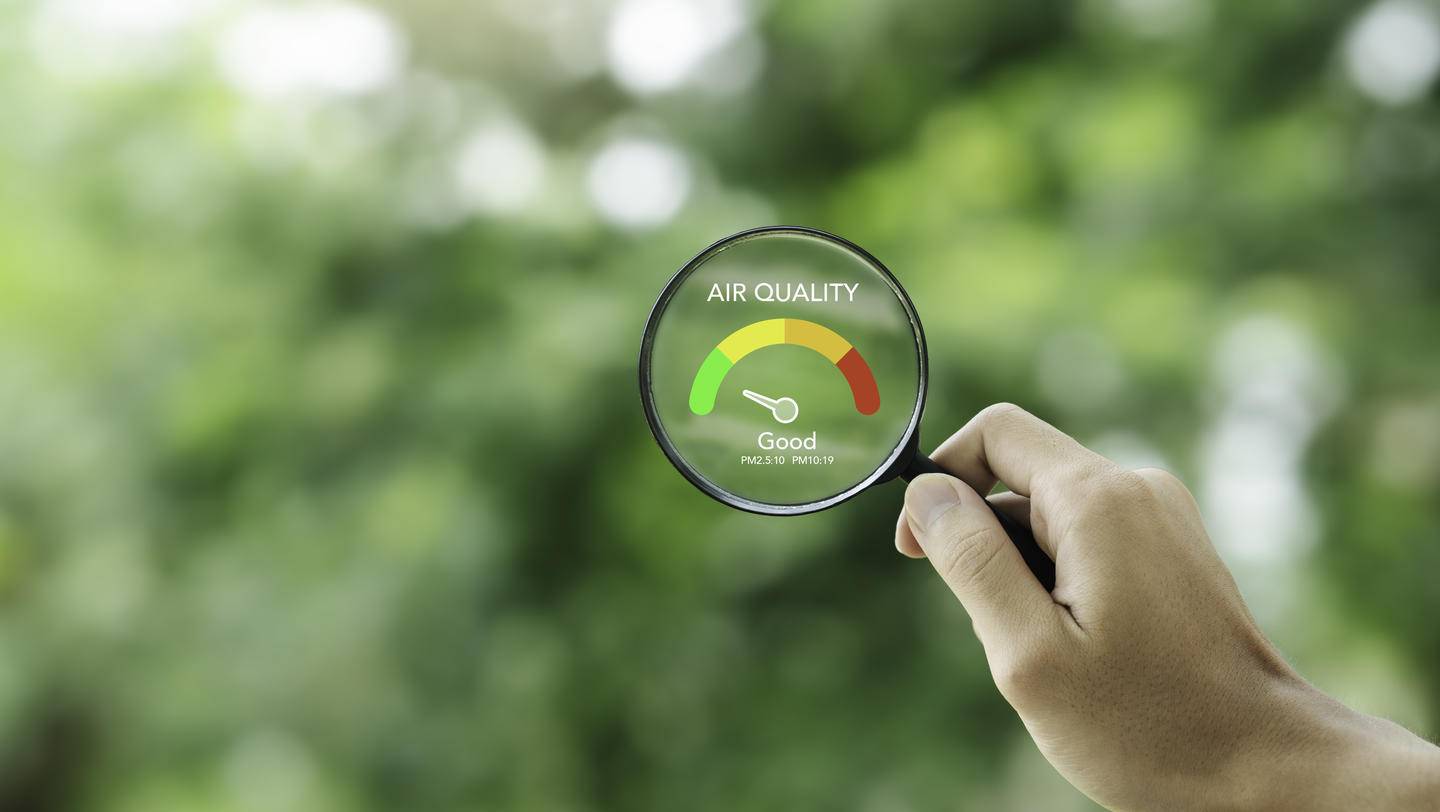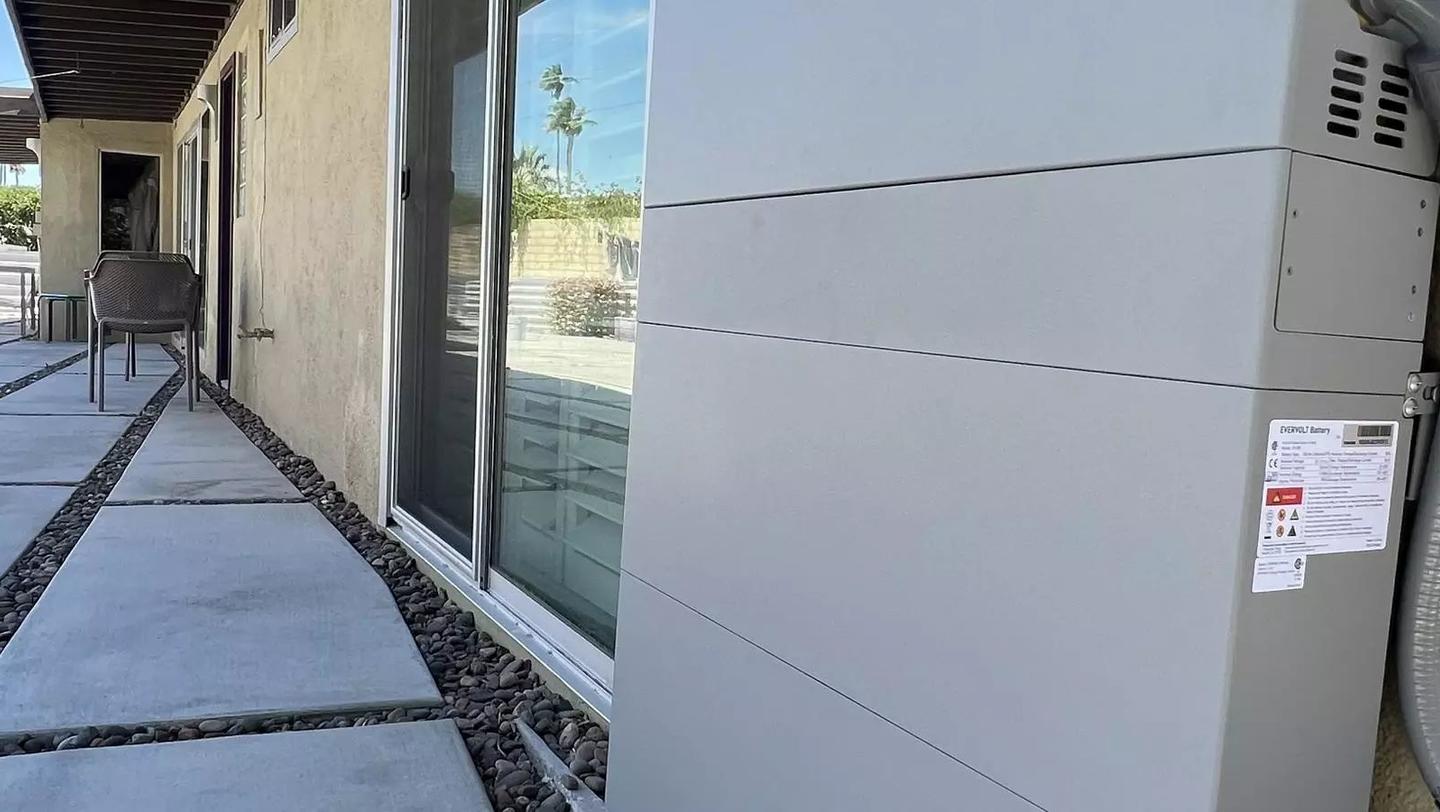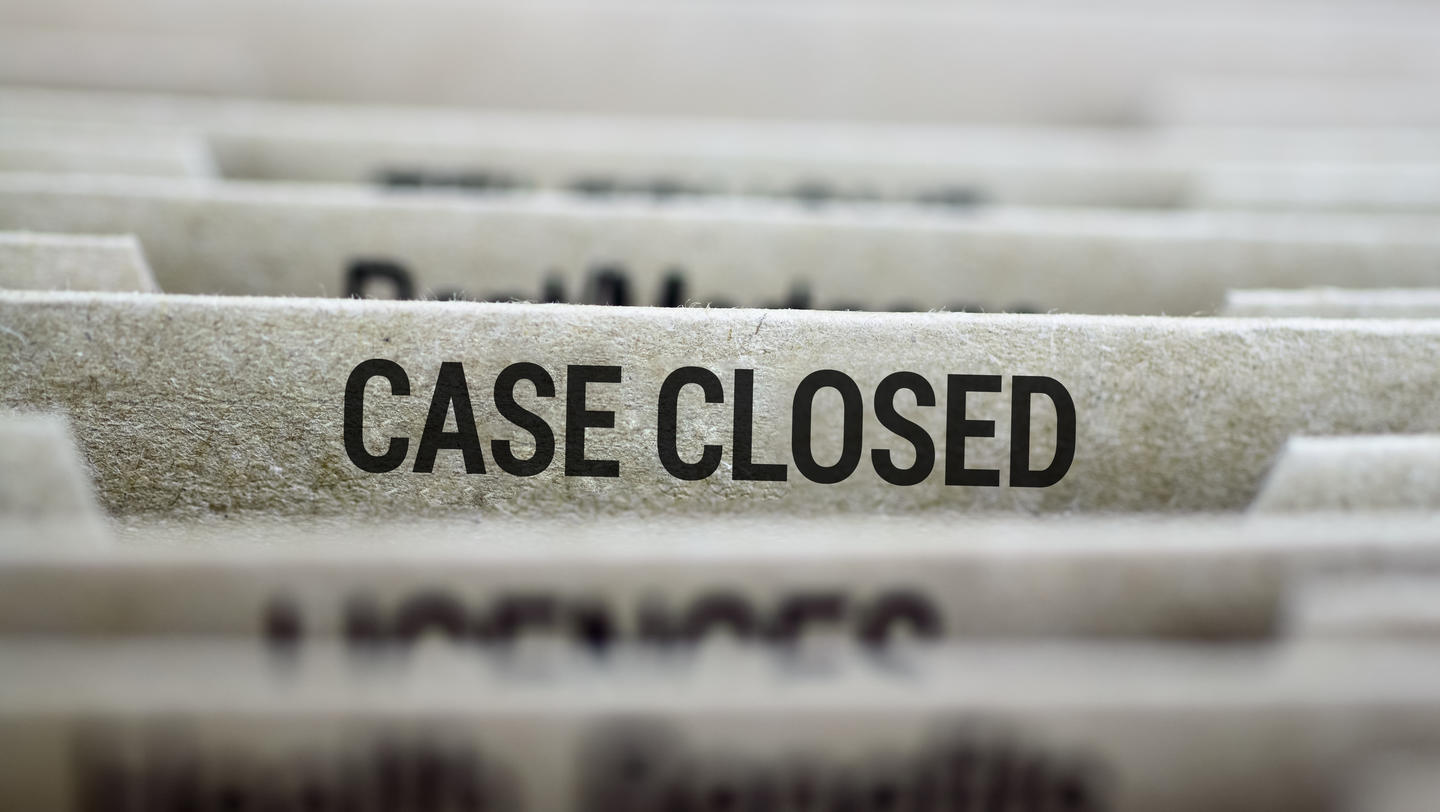Tax season is almost upon us, and you want to get the biggest refund possible! As you'll discover in this article, there are multiple home energy tax credits available that you may be eligible for if you've added some energy-efficient home improvements in the last year. Solar panels are a key update that qualifies for a home energy tax credit — Panasonic's experts can help you figure out which solution is right for you and your home.
From contributing to tax-advantaged retirement savings accounts to selling unprofitable investments to offset capital gains, taxpayers have a number of tools in their arsenal to decrease their tax bill (or increase their refund) when it comes time to settle up with Uncle Sam.
Added to the taxpayer’s toolkit in the mid-aughts and expanded in 2022 with Biden’s passage of the Inflation Reduction Act are several revamped home energy tax credits aimed at incentivizing environmentally responsible home improvement purchases. But just what are these credits, and what sorts of home improvement projects qualify? Who is eligible to claim the credits, and how much can they lower your tax burden?
What is a tax credit?
A tax credit, according to the IRS, is a “dollar-for-dollar amount taxpayers claim on their tax return to reduce the income tax they owe.” In other words, if properly claimed, a tax credit directly reduces how much someone must pay in taxes. Some tax credits are even refundable, meaning that if a person’s tax liability is zero, or if the credit amount exceeds their tax liability, it can be added to their tax refund.
There are many different types of tax credits — earned income, childcare and electric vehicle credits are among the best known — but home energy credits have seen increasing use among taxpayers as energy-efficient home upgrades have become more popular and accessible over the last decade.
Purchases that qualify for home energy tax credits range from clean, energy-generating power sources like solar panels and wind turbines to more basic additions like energy-efficient windows or air conditioning systems. If you’ve made any green upgrades to your primary or secondary residence, even if you’re a renter, you might be eligible to claim these credits against your tax bill in 2023 and beyond.
Photo: Raze Solar via Unsplash
What are the two home energy tax credits? Can you claim both?
Confusingly, there are actually two different home energy tax credits: the Residential Clean Energy Credit and the Energy Efficient Home Improvement Credit. At first glance, the two seem remarkably similar. Both offer a 30% tax credit on qualifying energy-efficient home expenditures, and both are valid each tax year toward improvements made through 2032.
Luckily, the same form — IRS Form 5695 — is used for both credits, and from the taxpayer’s perspective, they can be treated (for the most part) as a single entity. In other words, you can claim both simultaneously, but each covers different types of purchases and comes with different stipulations.
Part I of Form 5695, which occupies the first page, covers the Residential Clean Energy Credit (which has to do with solar, wind, and geothermal power generation; solar water heaters; fuel cells; and battery storage), and Part II, which occupies the form’s second and third pages, covers the Energy Efficient Home Improvement Credit (which has to do with doors, windows, insulation, cooling and heating, stoves, and energy audits), which has an annual limit of $3,200.
Both of these credits are nonrefundable, meaning any excess credit you earn cannot be added to your refund if your credit amount exceeds your tax bill. That being said, excess from each credit earned from the Residential Clean Energy Credit can be carried forward and used to reduce the amount you owe in future years, while this is not the case for the Energy Efficient Home Improvement Credit — anything earned that exceeds your tax burden is relinquished and cannot be carried ahead.
Below is a table that breaks down the similarities and differences between the two home credits.
Residential Clean Energy Credit vs. Energy Efficient Home Improvement Credit (at a glance)
IRS
|
Residential Clean Energy Credit |
Energy Efficient Home Improvement Credit |
|
|
Credit amount |
30% |
30% |
|
Lifetime limit |
None |
None |
|
Annual limit |
None |
$3,200 |
|
Focus |
Green power generation and storage |
Energy-efficient home upgrades |
|
Available for |
Primary residences and qualifying secondary residences |
Primary residences only |
|
Excess credit carries forward to future tax years |
Yes |
No |
How much can you claim for the home energy tax credits based on your energy-efficient upgrades?
The table below lists qualifying purchases for both home energy credits along with annual limits. The first four items listed in the table pertain to the Residential Clean Energy Credit, while the rest pertain to the Energy Efficient Home Improvement Credit.
Items marked with an apostrophe (*) are subject to a cap of $1,200 per year.
Energy.gov
|
Equipment/purchase type |
tax credit (percentage of purchase price) |
|---|---|
|
Solar electricity |
30% |
|
Fuel cells |
30% |
|
Wind turbines |
30% |
|
Battery storage |
30% |
|
Heat pumps |
30%, up to $2,000 per year |
|
Heat pump water heaters |
30%, up to $2,000 per year |
|
Biomass stoves |
30%, up to $2,000 per year |
|
Geothermal heat pumps |
30% |
|
Solar water heating |
30% |
|
Efficient air conditioners* |
30%, up to $600 |
|
Efficient heating equipment* |
30%, up to $600 |
|
Efficient water heating equipment* |
30%, up to $600 |
|
Electric panel or circuit upgrades for new electric equipment* |
30%, up to $600 |
|
Insulation materials* |
30% |
|
Windows, including skylights* |
30%, up to $600 |
|
Exterior doors* |
30%, up to $500 for doors (up to $250 each) |
|
Home Energy Audits* |
30%, up to $150 |
|
Home Electric Vehicle Charger** |
30%, up to $1,000 |
Who can claim the home energy credits?
The home energy credits are designed to be of most benefit to residents who make improvements or upgrades to the homes they live in, but each has slightly different stipulations.
The Residential Clean Energy Credit
This credit is available to owners or renters of a new or existing home, so long as that home is their primary residence. This means that owners of rental properties cannot claim the credit for improvements made to rental properties in which they do not reside.
In some cases, owners of a secondary residence (like a vacation home) may claim some parts of this credit for that home, so long as they reside there some of the time and do not rent it out for income.
Additionally, if a residence, whether primary or secondary, is also used for business more than 20% of the time, additional stipulations apply. To see if improvements to your secondary property or property used for business qualify, visit the IRS’ FAQ on the subject.
The Energy Efficient Home Improvement Credit
Unlike the Residential Clean Energy Credit, the Energy Efficient Home Improvement Credit can only be claimed for upgrades to an existing home — not a newly constructed one. That being said, qualifying purchases for a renovation or new addition to an existing home are eligible for the credit.
This credit may only be claimed for eligible upgrades to a taxpayer’s primary residence, meaning that no additional properties qualify, even if the taxpayer resides at them some of the time. Like the Residential Clean Energy Credit, this credit can be claimed by someone who uses their home for business less than 20% of the time. If a taxpayer uses their home for business more than 20% of the time, they may be eligible for a reduced credit (see FAQ link above).
How can you tell if your purchases and upgrades qualify for the home energy tax credits?
The IRS maintains online fact sheets for each of the credits that detail the requirements for each type of upgrade to qualify.
Residential Clean Energy Credit
The upgrade requirements listed on the fact sheet for the Residential Clean Energy Credit are fairly straightforward. All solar electric panels, solar water heaters, wind turbines, geothermal heat pumps, fuel cells, battery storage technology, and the associated labor costs qualify for the credit so long as all of the equipment was purchased new and not used.
Energy Efficient Home Improvement Credit
The fact sheet for the Energy Efficient Home Improvement Credit outlines more specific requirements for each type of upgrade. It stipulates, for instance, that exterior doors must meet Energy Star requirements to qualify, while insulation and air sealing systems must meet the International Energy Conservation Code standards that were in effect at the beginning of the year two years before the installation.
This article was written by Jeremy Salvucci from The Street and was legally licensed through the DiveMarketplace by Industry Dive. Please direct all licensing questions to [email protected].

